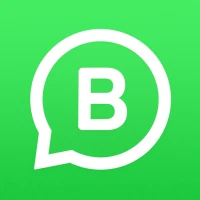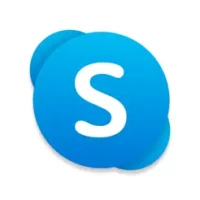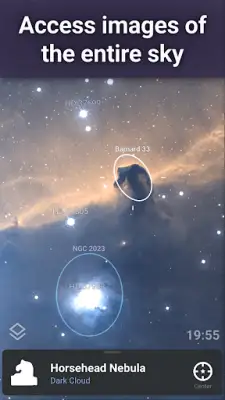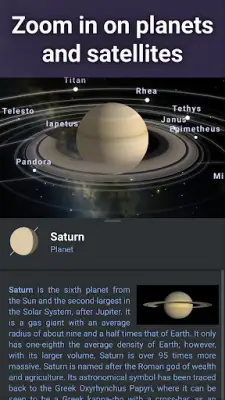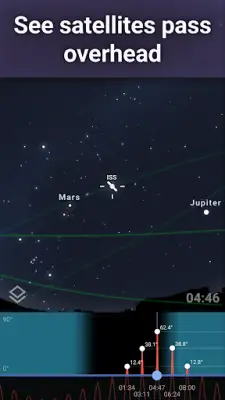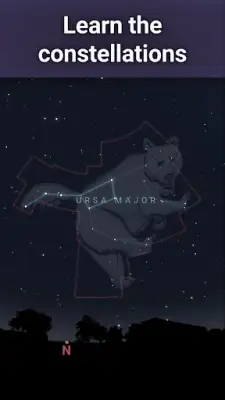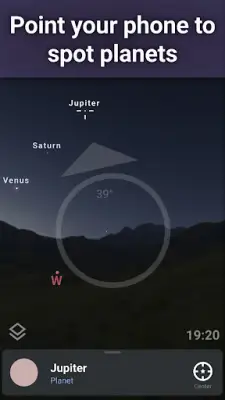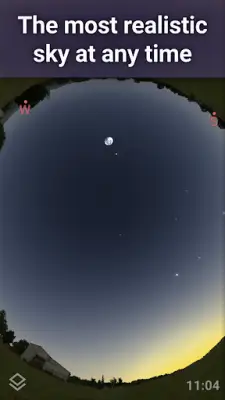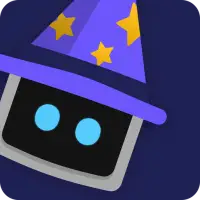Latest Version
1.14.1
May 19, 2025
Stellarium Labs
Education
Android
1
Free
com.noctuasoftware.stellarium_free
Report a Problem
More About Stellarium Mobile - Star Map
The application allows users to identify stars, constellations, planets, comets, satellites such as the International Space Station, and other deep sky objects in real time by simply pointing their phone toward the sky. Its main feature is a quick and easy star identification process that makes exploring the night sky accessible and straightforward for both adults and children. The user interface is designed to be minimalist and user-friendly, ensuring that users can focus on discovering and learning about celestial objects without unnecessary distractions.
Stellarium Mobile offers a realistic simulation of the night sky that can be customized for any date, time, and location. Users can explore a vast collection of celestial objects including stars, nebulas, galaxies, star clusters, and other deep sky phenomena. The app also provides zoomable images of the Milky Way and other deep sky objects, enhancing the visual experience. Additionally, users can learn how astronomical figures and constellation shapes differ across various cultures around the world by selecting different sky representations.
The app includes features for tracking artificial satellites like the ISS and simulating landscape and atmospheric conditions such as sunrise, sunset, and atmospheric refraction effects for a more immersive experience. It also offers 3D rendering of major planets in the solar system and their moons, allowing users to observe planetary details in depth. For night viewing, the app supports a night mode with red lighting to help preserve night vision while observing the sky.
Stellarium Mobile can be upgraded via in-app purchases to Stellarium Plus, which significantly expands its capabilities. With the Plus version, users gain access to extensive catalogs, including over 1.69 billion stars from the Gaia DR2 catalog, all known planets, moons, comets, and thousands of asteroids. They can also explore more than 2 million deep sky objects such as nebulas and galaxies. Additional features include near-limit zoom for high-resolution planetary images, offline observing with a reduced dataset, and the ability to control compatible telescopes via Bluetooth or WiFi. The app provides advanced tools to plan observation sessions and predict the visibility and transit times of celestial objects, making it an all-in-one tool for amateur astronomers and enthusiasts alike.
Rate the App
User Reviews
Popular Apps

